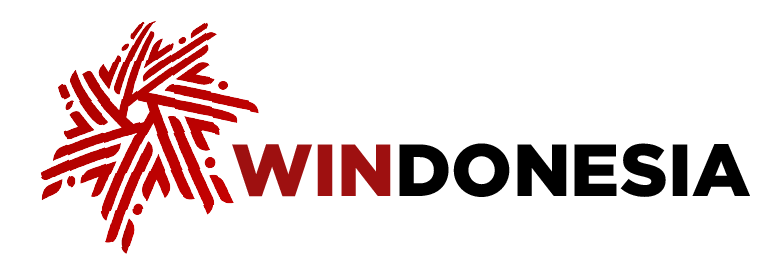Latest News
A total of 1,300 gandrung dancers enlivened the 2025 Banyuwangi Gandrung Sewu Festival, which has "The Gandrung Shawl" as its theme, at Marina Boom Beach in Banyuwangi Regency on Oct. 25, 2025.
They include 1,100 dancers from Banyuwangi Regency as well as 200 Gandrung dancers from Pasuruan, Probolinggo, Surabaya, Sidoarjo, Tulungagung, Kediri, Jakarta, Malang, Batu, Situbondo, Jember, Bali, South Sulawesi, South Sumatra, Sorong, and the USA. The event also involved 45 gamelan musicians, 40 coaches, and 100 opening dancers.
The symbolism of "The Gandrung Shawl" is an icon of Banyuwangi that represents a figure who endures loneliness and hope. It depicts the inner journey of a gandrung dancer, from the initial joy of dancing, to the admiration of the audience, to the inner struggle facing social stigma and the sacrifices that must be made.
"The Gandrung Shawl" performance also reveals the meaning of a gandrung dancer's shawl as a symbol of love, burden, and devotion.
Gandrung Sewu Festival 2025 opened with the Kuntulan Kolosal Thaharah dance, an art form born and developed in pesantren (Indonesian Islamic boarding schools).
The colossal dance showcased the beauty of movement and served as a non-verbal means of proselytizing, visualizing the importance of purity as a gateway to perfect worship and moral perfection in everyday life.
Administrative and Bureaucratic Reform Minister Rini Widyantini stated that the Gandrung Sewu Festival conveys the message that every great success always comes from sincere togetherness.
She added that Banyuwangi also exemplifies how regions can explore and develop local potential into national and even international attractions.
Rini continued that culture that is passed on with love, professionally managed, and promoted with a spirit of mutual cooperation is a source of pride and prosperity for the people.
Tourism Ministry Domestic Tourism Marketing Assistant Deputy Erwita Dianti stated that Gandrung Sewu Festival 2025 is the fourth edition of the festival to be included among 110 events of Karisma Event Nusantara (KEN), the Tourism Ministry's flagship program, since 2022.
"This proves that the Gandrung Sewu Festival is committed to delivering high-quality events," she said.
Banyuwangi Regent Ipuk Fiestiandani stated that this event is both a visual treat and a way to convey the message of Banyuwangi's spirit to the world: that beauty is born from togetherness and strength grows from harmony.
She added that the Gandrung Sewu Festival, which has been held consistently every year since 2012, has become a cultural icon of Banyuwangi Regency.
Gandrung dance has also been included in the United Nations Educational, Scientific and Cultural Organization's List of Intangible Cultural Heritage.
"This is recognition that Gandrung Banyuwangi belongs not only to Indonesia, but to the world," said Ipuk.
She explained that the Gandrung Sewu Festival is a strategy to increase tourism and a driving force for economic growth, benefiting art studios, hotels and homestays, transportation businesses, as well as micro, small, and medium enterprises (MSMEs)
"Gandrung Sewu is a showcase for the consolidation of all Regional Work Units (SKPD) and is a grand gathering and collaboration that has already shown results," Ipuk concluded.

